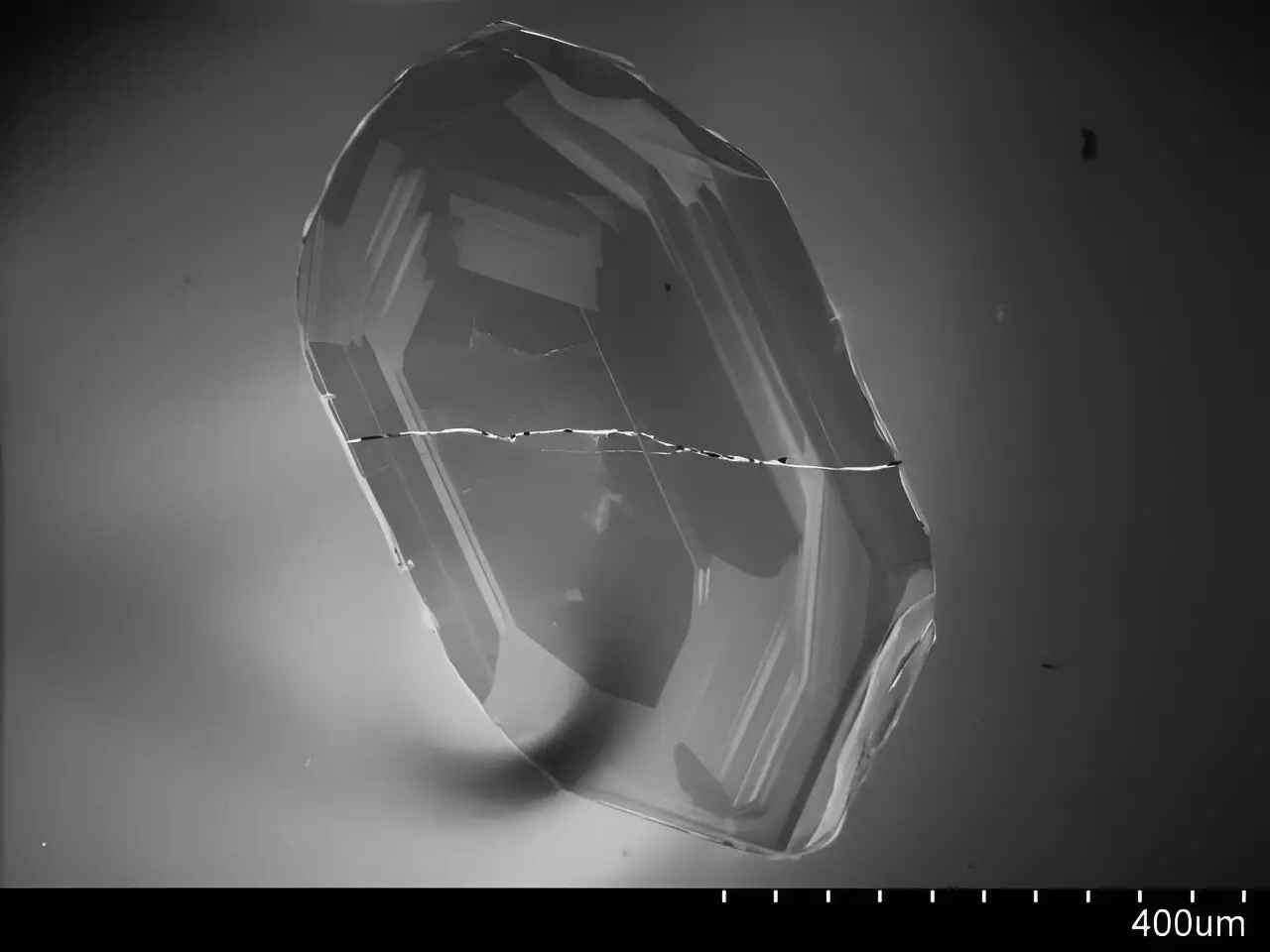Recent research has dramatically shifted our understanding of the early days of Earth’s geology, suggesting that plate tectonics—crucial for shaping our planet—may have been more complex than previously theorized. A team from the University of Wisconsin-Madison carried out a study on ancient zircon minerals dating back as far as 4 billion years, yielding fascinating insights into the processes that governed the planet’s crust during a period when life was just beginning to emerge.
Zircon is a robust mineral known for its ability to withstand geological transformations, making it an ideal subject for understanding early tectonic activities. The researchers focused on two primordial crust sections: the Saglek-Hebron Complex and the Acasta Gneiss Complex. Their analysis revealed a striking diversity in tectonic behaviors, challenging the notion of a restricted evolution of tectonic styles from simple to complex forms over time.
By examining zircons from these ancient rock formations, the researchers were able to detect the processes and conditions under which these minerals formed. The findings indicated that rather than a straightforward progression from one tectonic method to another—such as simple volcanic eruptions leading to complex plate interactions—early Earth exhibited a mosaic of tectonic activities, much like those observed on modern-day Earth.
This nuanced understanding of ancient tectonics has significant implications for our comprehension of geological processes not only on Earth but also on other potentially habitable planets. As lead author Emily Mixon emphasized, understanding these early tectonic mechanisms can shed light on the conditions that fostered life on Earth and how similar processes might facilitate the emergence of life elsewhere in the universe.
The study brings to the forefront the idea that plate tectonics plays a crucial role in recycling carbon and water, elements critical for life as we know it. The authors suggest that a dynamic tectonic framework could have been instrumental in the distribution of nutrients and habitable environments necessary for early life forms to thrive.
The conclusions drawn from this study represent a significant paradigm shift in geological thought. They suggest that Earth’s tectonic history is not a linear tale of evolution but a complex interplay of diverse processes that have shaped our planet in multifaceted ways. As we continue to explore ancient formations, we may uncover even deeper insights into the historical dynamics of our planet’s surface.
This research underscores the importance of ongoing studies in geology and planetary science, emphasizing that our understanding of Earth’s history is continually evolving. It invites new questions concerning the nature of tectonic activity and its role in life-sustaining processes, ultimately enriching our knowledge of both terrestrial and extraterrestrial environments.


Leave a Reply